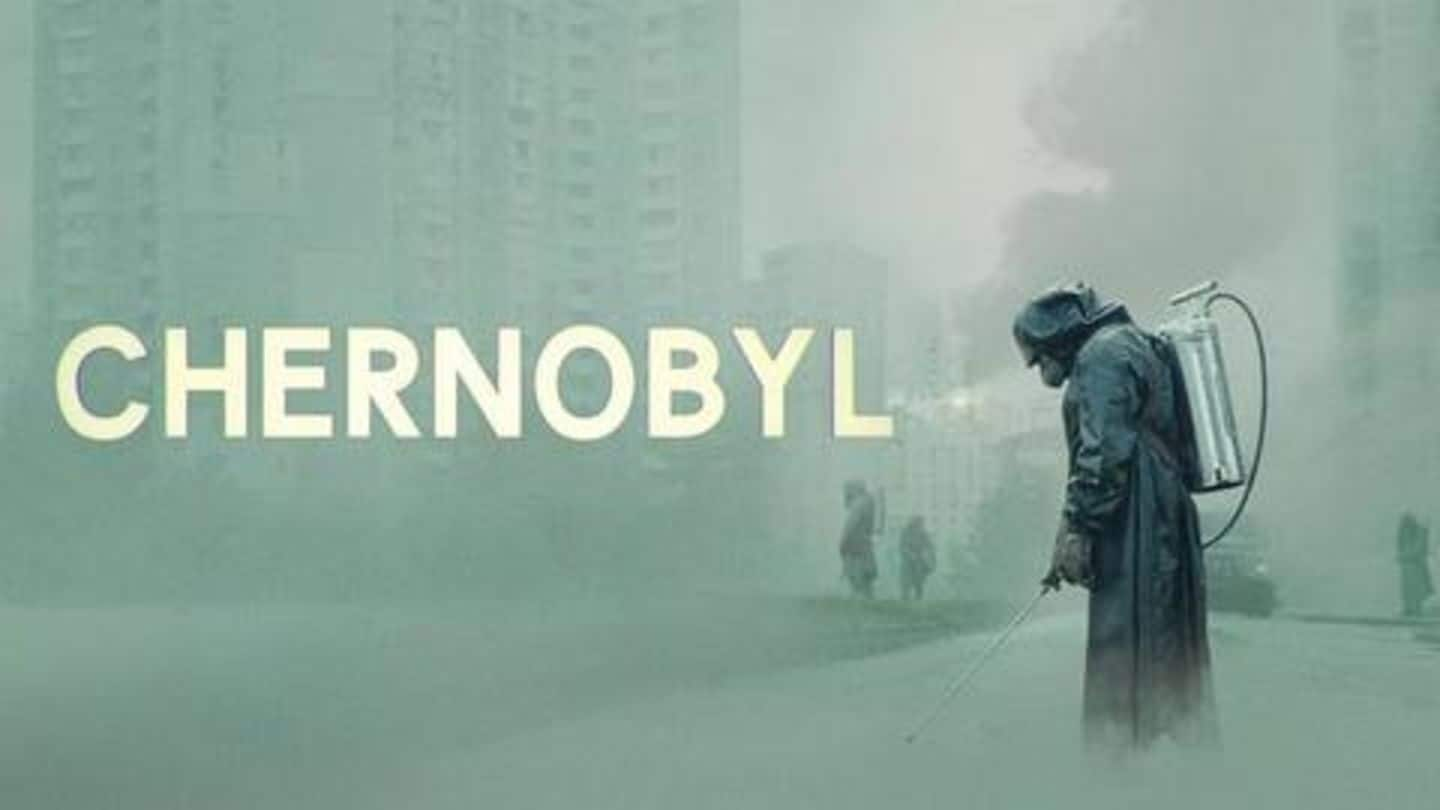
HBO's 'Chernobyl': Know the creative liberties taken by showrunners
What's the story
Hailed as one of the best series of this year, Chernobyl has gained an impressive number of fans in mere weeks. The harrowing account of the worst human-caused disaster in history is currently the best-rated show on IMDb, surpassing GoT and Breaking Bad. While its story, based on the disaster is mostly true, showrunners have taken certain creative liberties. Let's find out how.
Characters
Are the main characters based on real people?
While the show has a lot of characters but three stand out the most. They are nuclear scientist Valery Legasov (Jared Harris), Deputy Prime Minister Boris Shcherbina (Stellan Skarsgård), and nuclear physicist Ulana Khomyuk (Emily Watson). While the males are based on real people, Ulana is a composite character inspired by a number of different people who helped investigate the incident.
Death Count
Does the show get the death count right?
To a great extent, it did. A Refinery29 report states that "All in all, over 600,000 people were sent in to clean up Chernobyl. All were exposed to extreme doses of radiation, shortening their lifespan. More than 4,000 died from radiation-caused cancers, and 70,000 were left disabled." Also, two years after the incident, Valery Legasov committed suicide, as shown in Chernobyl.
Naked Miners
The condition of the miners and the helicopter crash
In the show, the miners who were drafted to work in tunnels beneath the reactor can be seen working naked. In reality, as numerous photos suggest, the miners were clothed. There's another key scene showing a helicopter crash as it drops sand over the fire. This too is inaccurate as the crash happened but not when the show depicts (it happened later in October).
Radiation
The "radioactive material" that released during the explosion
It is still unclear what was released during Chernobyl's explosion. While most accounts refer to it as "radioactive material", the plant exploded due to the build-up of xenon gas. However, a character in the series says, "Every atom of Uranium is like a bullet, penetrating everything in its path-metal, concrete, flesh. Now, Chernobyl holds over 3 trillion of these bullets." An important distinction indeed!